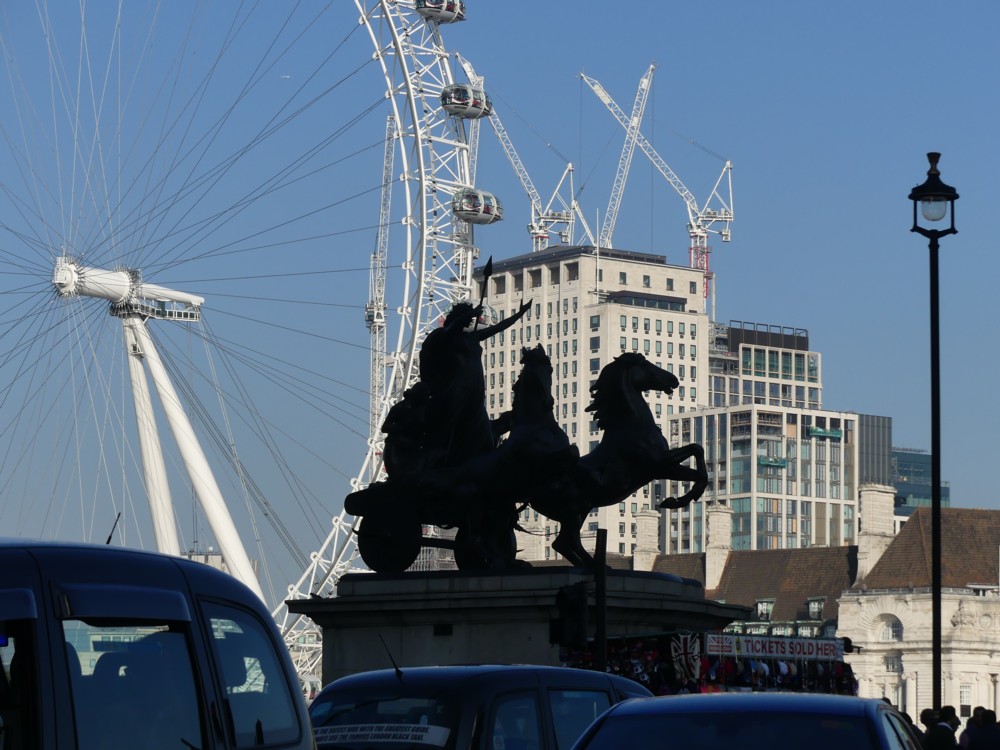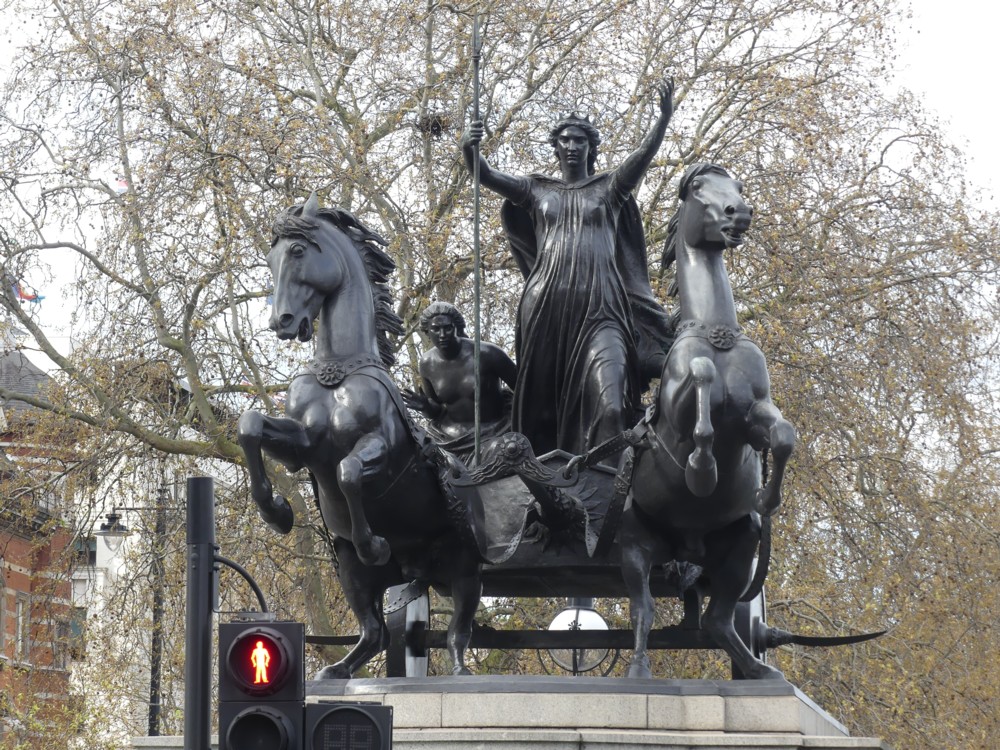I’ve just read James Holland’s account of The Battle of Britain. Holland has a very low opinion of Leigh-Mallory, who commanded 12 Group in the Battle in question, and famously tangled with Dowding and Park of 11 Group. Later, in his book about Big Week, Holland mentions Leigh-Mallory’s contribution to the bombing offensive against Germany, and he is again deeply unimpressed.
As Holland notes, Dowding and Park got their London statues, however belatedly, while Leigh-Mallory, in addition to getting himself killed in 1944, got no such recognition. As far as Holland is concerned, justice was, belatedly, done, both positively for Dowding, and negatively to Leigh-Mallory.
But I possess another book entitled The Battle of Britain, the one by John Ray, which tells the story of the battle but which particularly digs into all the feuding that happened on the British side. I only read this book very casually when I first acquired it, so I’ve been having another go, to see if Ray could explain things a little more from Leigh-Mallory’s point of view.
I didn’t have to read long. Here, on page 18, is an episode described by Ray that does quite a bit to illuminate why Leigh-Mallory didn’t get on with Dowding, and in general why it took Dowding so long to get his statue:
There was a general view that Dowding could be prickly and difficult, lacking the golden virtue of tact. Even his obituary in The Times noted that he was not an easy man, and one to whom ‘slackness, hypocrisy and self-seeking were not peccadilloes, but scarlet sins’.” These views have been summarized by Denis Richards, author of the official history of the RAF, in referring to Dowding’s unclubbable and less than co-operative nature, often displayed to those with whom he disagreed. ‘Dowding was really very difficult’, in his opinion and, as several opponents appreciated, ‘tact was not a weapon in Dowding’s armoury’.
The relationship between Dowding and Leigh-Mallory, ADC, No 12 Group, was far from cordial and a factor in the later controversy over tactics. At a conference following an air defence exercise in 1939 Dowding spoke for over an hour on the agenda’s 56 items, then allocated only five minutes each to his two Group Commanders. Worse was to follow when Dowding, in front of several other senior officers said, ‘The trouble with you, Leigh-Mallorv. is that you sometimes cannot see further than the end your little nose’.
Bloody hell.
Ray agrees with Holland that Dowding deserved better than he got in the way of public recognition once the war had ended. But Ray also makes it clear how Dowding got his nickname: “Stuffy”.
Isn’t it one of Macchiavelli’s rules that you shouldn’t insult a powerful adversary unless you also crush them?
I’ve never been anywhere near a battle, but it occurs to me to guess that commanding an airforce could be such a difficult thing to do well because the skill of flying an airplane in a war is so very unlike the job of being a senior commander. You could be wonderfully clubbable, but that wouldn’t make you any better at flying, at killing enemy flyers or at bashing you way to a target and then getting back home again. Likewise, great air warriors could be decidedly eccentric, or worse utter bastards, when back on the ground. No wonder, when some of these guys got older and became commanders, they were often a lot better at instructing their awed subordinates in how to fight, than they were at getting along with each other when grappling with other more subtle and complex dilemmas.



